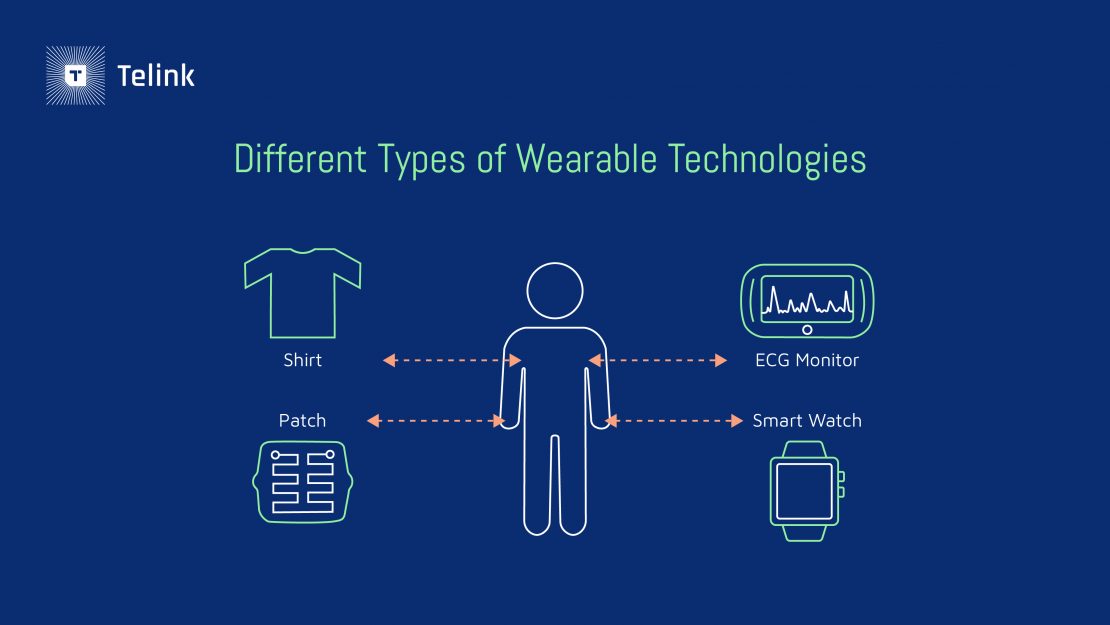|
In today's digital age, privacy has become a paramount concern for individuals and organizations alike. With the proliferation of online services, social networks, and connected devices, the need to protect sensitive information from unauthorized access and misuse has never been more critical. To address this challenge, privacy-enhancing technologies (PETs) have emerged as powerful tools to safeguard data and preserve personal privacy. Encryption: Encryption is one of the fundamental pillars of privacy-enhancing technologies. It involves transforming data into an unreadable format using cryptographic algorithms. Encrypted data can only be accessed or deciphered with the appropriate decryption key, ensuring that even if intercepted, the information remains unintelligible to unauthorized parties. End-to-end encryption, widely adopted by messaging apps like Signal and WhatsApp, is a prime example of how encryption can effectively protect user communications. Anonymization: Anonymization techniques aim to dissociate personal information from individual identities. By removing or altering personally identifiable attributes, such as names or addresses, anonymization allows data to be used for analysis and sharing while minimizing the risk of re-identification. Differential privacy, a popular technique, adds noise to query results to protect the privacy of individuals in large datasets, striking a balance between data utility and privacy preservation. Private Browsing and Virtual Private Networks (VPNs): Private browsing modes offered by web browsers and VPNs are practical PETs that help users maintain their privacy online. Private browsing prevents browser history, cookies, and other tracking data from being stored on the device, reducing the digital footprint left behind. VPNs, on the other hand, create secure tunnels between the user's device and the internet, encrypting traffic and masking IP addresses, thus shielding online activities from prying eyes. Privacy-Preserving Data Sharing: Sharing data while preserving privacy is a key challenge in various domains, such as healthcare and research. Privacy-preserving data sharing techniques enable collaboration without compromising sensitive information. Secure multi-party computation (MPC) protocols, for instance, allow multiple parties to perform joint computations on their private data without revealing the individual inputs, thus enabling privacy-preserving analysis. Blockchain and Distributed Ledger Technologies: Blockchain and distributed ledger technologies offer transparency and security while preserving privacy. Through cryptographic techniques like zero-knowledge proofs and secure multi-party computation, these technologies ensure that sensitive data remains confidential while allowing verifiable and tamper-proof transactions. Applications range from financial transactions to supply chain management, revolutionizing industries with enhanced privacy guarantees. privacy-enhancing technologies serve as a crucial defense against privacy breaches and unauthorized access to personal information. From encryption and anonymization to private browsing and blockchain, these technologies empower individuals and organizations to maintain control over their data in an increasingly interconnected world. As the digital landscape evolves, continued research and development in PETs will be vital to safeguard privacy and foster trust in the technology-driven society we live in today.  |
